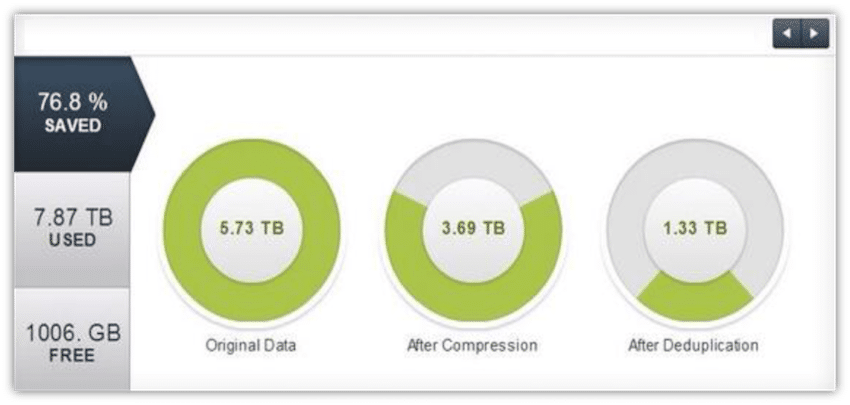Often we neatly categorize storage into a few convenient buckets; Big Storage, All-Flash Arrays and Hybrids. Each has a connotation of its own, big storage includes the usual suspects like EMC, Dell, HP, IBM and the like. AFAs generally include startups or recently acquired efforts like Pure Storage, XtremIO and at times flash offerings from big storage. The hybrid category is one of the most interesting because even though all the big storage vendors offer hybrid products, this loosely refers to the startups in the space like Nimble, Tegile and StorTrends. Definitions are perpetually changing though; the idea of hybrid itself is on the move. Initially designated as a combination of some small amount of flash to accelerate disk, the term is morphing to refer to arrays that are entirely made out of different types of flash, as high speed HDDs lose relevance.
When many of the hybrid startups began, it was at a time when flash was too expensive to consider for entire arrays handling anything than latency hungry mission critical applications. The hybrid economics changed the story though, introducing a few SSDs on top of traditional hard drives to get a combination of great performance most of the time, without paying a hefty price premium for capacity. In a few cases that model still works, especially when an array can adequately accelerate high-capacity 3.5" HDDs like the StorTrends 3500i, but in most cases the argument for accelerating 2.5" HDDs is losing steam as flash pricing falls, and perhaps more importantly, array technology improves.
In all likelihood, next year we'll see a dramatic shift in the startup hybrid business to an emphasis on flash-only configurations that are still in fact hybrid. Tegile is out in front of this curve, reminding us at VMworld that it's possible, with the right architecture and technology, to leverage multiple types of flash in a single array. The flash could be anything ranging from SLC to TLC, so long as the array is smart about how it manages data largely when writing to the flash. Dell Compellent was perhaps the first of the big storage guys to promote a similar message, talking last year about an MLC tier replacing 15K HDD to boast a more impressive cost/performance combo; the idea is definitely not lost on the big storage vendors.
No matter who's out there talking about all-flash hybrid arrays though, there's one key that must be addressed and that's smart data handling which includes managing writes in the most efficient way possible and reducing the impact on storage capacity with data reduction policies. This is one area that separates the hybrid guys, both startups and big storage, into two pretty definable groups. One that has adequate data reduction technology and another that does not.
Tegile is out amongst the startups with a leadership position here, they can often be found tweeting their "doughnuts" image which greats array administrators upon logging in. A typical virtualization-centric shot looks like this:

The message here is pretty simple, compression won't be enough to be competitive in flash-centric hybrid arrays. Vendors are going to have to offer technology to protect the capacity flash tier from excessive writes in order to increase its longevity and overall TCO. Those watching the space closely, keep an eye out for a new series of all-flash hybrid array offerings and the requisite data reduction technology to make them work efficiently. As the value of 2.5" HDDs declines, the industry should see a flood of new array offerings as the battle for market share intensifies even further.




 Amazon
Amazon